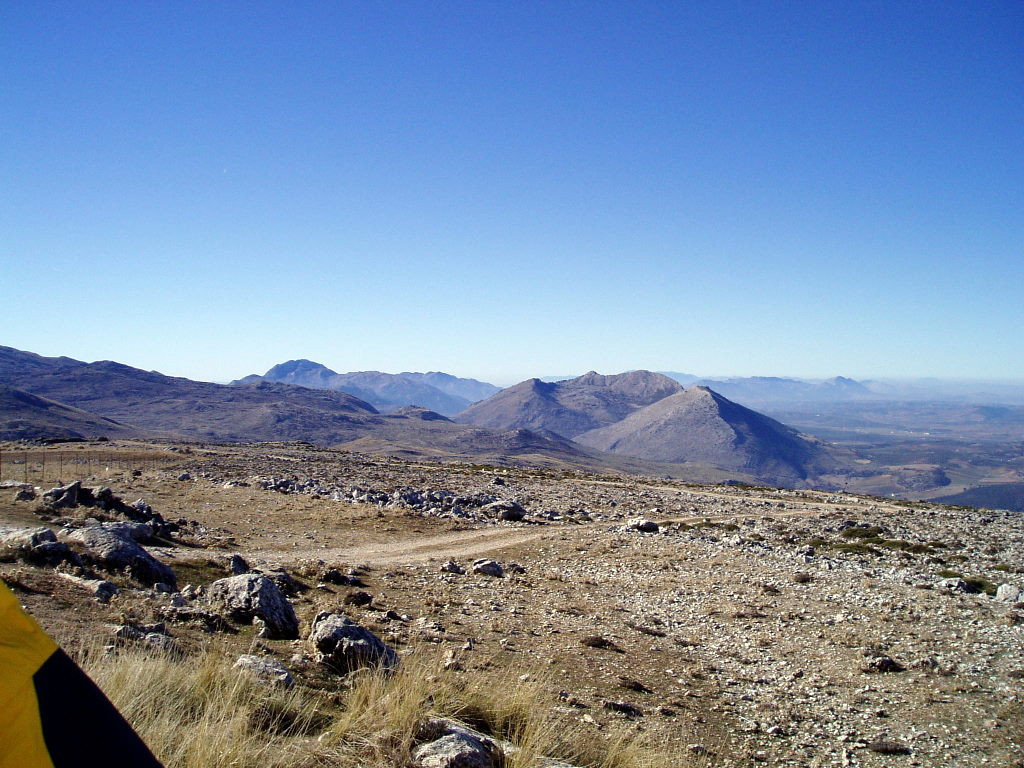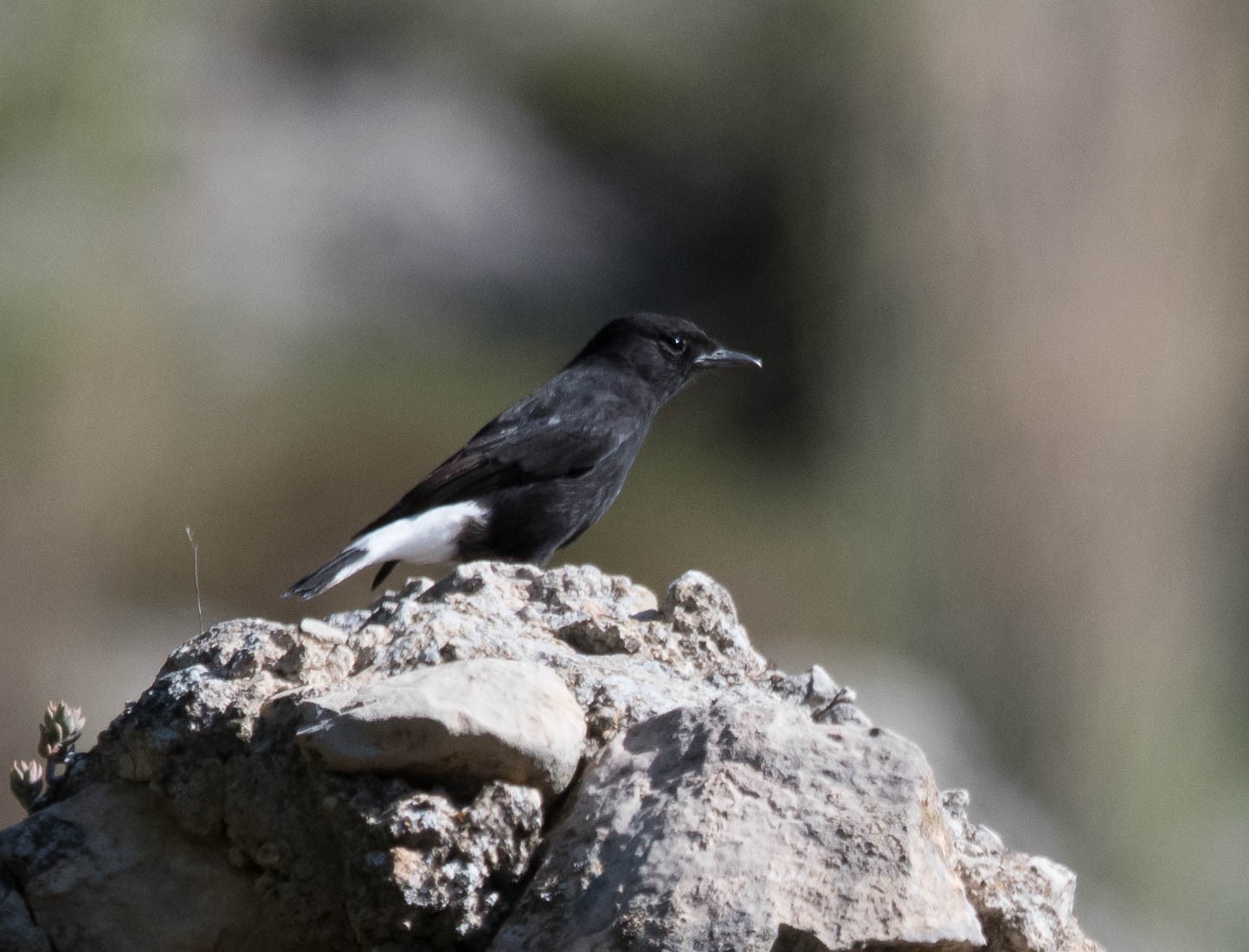Beschreibung
The limestone Sierra de Loja is a massif of the Subbética mountain range located at the western end of the province of Granada, with its highest point being Cerro de Santa Lucía at 1,671 meters. It is characterized by being a stony environment with little human influence (except for wind turbines). Many birds can be observed because the open country in the Sierra helps to make birds visible. There are several small pools in the mountains that are interesting to check out. The best known is Charca del Negro. This small pool is rain water fed and is usually dry by August / September.
The Sierra de Loja has breeding pairs of Steinadler, Habichtsadler, Wanderfalke, Blaumerle, Steinrötel, Trauersteinschmätzer, Maurensteinschmätzer, Uhu and Alpenkrähe. Other birds that can be observed in the area are Rothuhn, Steinkauz, Wiedehopf, Iberienraubwürger, Rotkopfwürger, Blauelster, Theklalerche, Felsenschwalbe, Zippammer, Berglaubsänger, Orpheusgrasmücke and Provencegrasmücke.
Details
Zugang
The Sierra de Loja is located in the Western side of the Province of Granada and lies to the south of the towns of Loja and Huetor Tajar and to the North of Zafarraya and Alhama de Granada. You can explore the area via the unpaved roads or many smaller trails. Click on a P in the map for directions,



